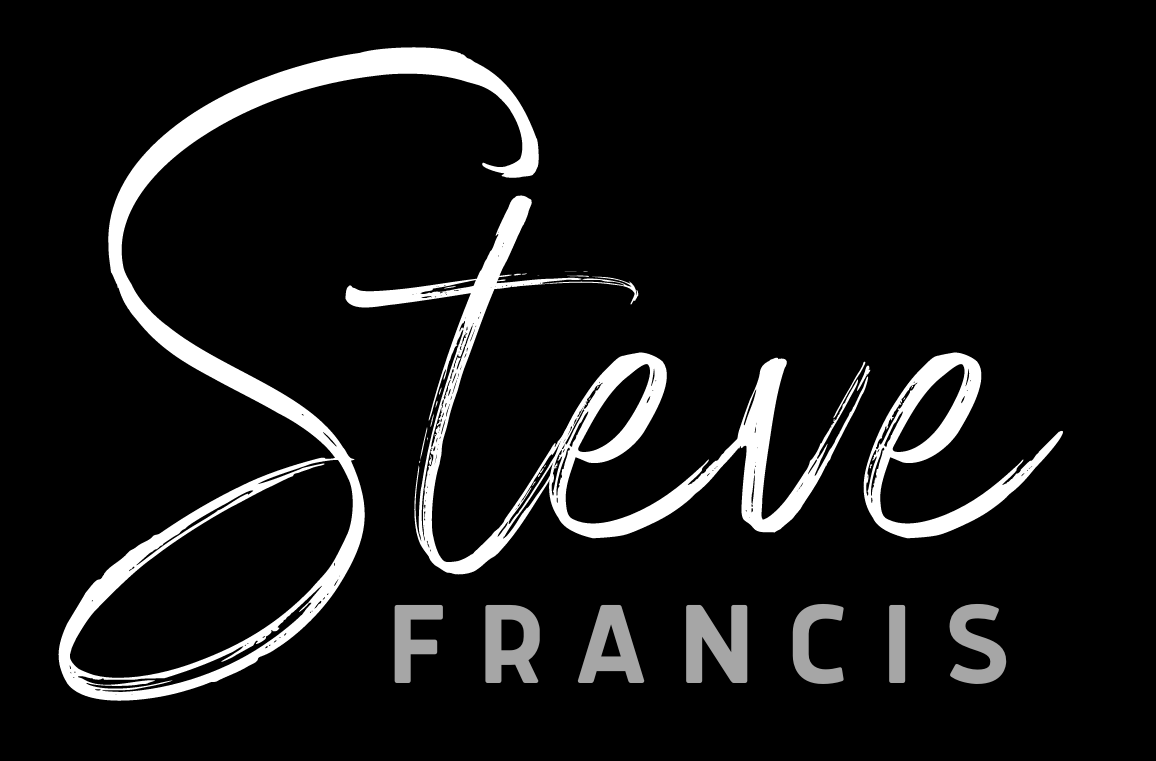I’m a great fan of the work of Simon Sinek. He gained widespread recognition with his 2009 TED Talk, “How Great Leaders Inspire Action,” which became one of the most viewed TED Talks of all time. He is best known for his best-selling book, “Start with Why.”
In it, Sinek advocates starting with the question “Why?” to inspire innovation and purpose-driven leadership. His work has influenced leaders across industries, helping them foster trust, loyalty and long-term success by prioritising a clear sense of mission.
I’m also a great fan of the Strength Finder instrument from the Gallup group. I love using the instrument with leadership teams and even the whole staff in schools to increase the self-awareness of people and to also highlight the strengths that each member of the team brings to the table. It takes a positive approach of increasing people’s awareness of their strengths rather than talking the traditional approach of using a diagnostic instrument to identify your weaknesses.
The 34 strengths cover four domains.
EXECUTING – getting things done. Taking an idea and making it happen.
INFLUENCING – communicating on behalf of the team. This includes advocating for the team, both inside the school and outside as well.
RELATIONSHIP BUILDING – the people skills necessary to connect with people and build relationships based on trust.
STRATEGIC THINKING – being future focused and seeing where improvements can be made.
The Strength Finder instrument identifies your top 5 strengths and highlights which domain they are from. Whilst it is tempting as an individual to want to cover all four domains, individuals with a number of strengths in one domain might not have coverage of all four domains. This is where our colleagues complement us by bringing other strengths to the table. This is the case with Simon Sinek. Three of his top 5 strengths are in the Strategic Thinking domain.
Ideation® – “There’s always more to learn.” STRATEGIC THINKING
Sinek approaches ideas the way he approaches his entire life — as a student. He believes there’s always more to learn and that all ideas evolve over time. He sees “big idea moments” as the culmination of a process of putting smaller ideas together over a longer period of time.
Communication® – “I process out loud.” INFLUENCING
When examining ideas or making sense of the world or his life, Sinek processes verbally, using speech to think. It’s just as natural for him to verbalize a thought immediately as it is for him to write about deeply personal elements of his life when exploring ideas in a book.
Futuristic® – “It’s the chain of events that I so adore.” STRATEGIC THINKING
Always thinking at least one to two years into the future, Sinek delights in establishing ambitious goals and subgoals, then working toward their accomplishment. Relying on high-performing partners to determine the myriad details that progress the vision from one subgoal to the next, Sinek relishes contemplating and communicating the final outcome.
Strategic® – “Strategy is about the future.” STRATEGIC THINKING
Strategy, according to Sinek, is about big-picture thinking situated in the future. Sinek asserts that a widespread misunderstanding of what produces great strategy leads many people to claim they are a skilled strategist when, in fact, they’re a great tactician. In contrast, many great strategists readily admit to being a poor tactician.
Restorative™ – “The problems that I like serve a greater good.” EXECUTING
Sinek is drawn to exceedingly complex problems that require the expertise of many individuals — problems that, if solved, serve the maximum number of people. In pursuit of answers to these problems, he’s willing to admit his ignorance on any topic if doing so unearths new solutions and furthers his mission.
Three of Sinek’s strengths are in the STRATEGIC THINKING domain (Ideation, Futuristic and Strategic). His #2 strength, Communication is in the INFLUENCING domain and is evident is his ability to convey his message. His #5 strength, Restorative is in the EXECUTING domain and is reflective of his ability to identify potential issues and look to an overarching, “big picture” solution.
What are your Strengths that you bring to the teams that you are in?
What about your colleagues? What are their strengths and are they being well utilised?

